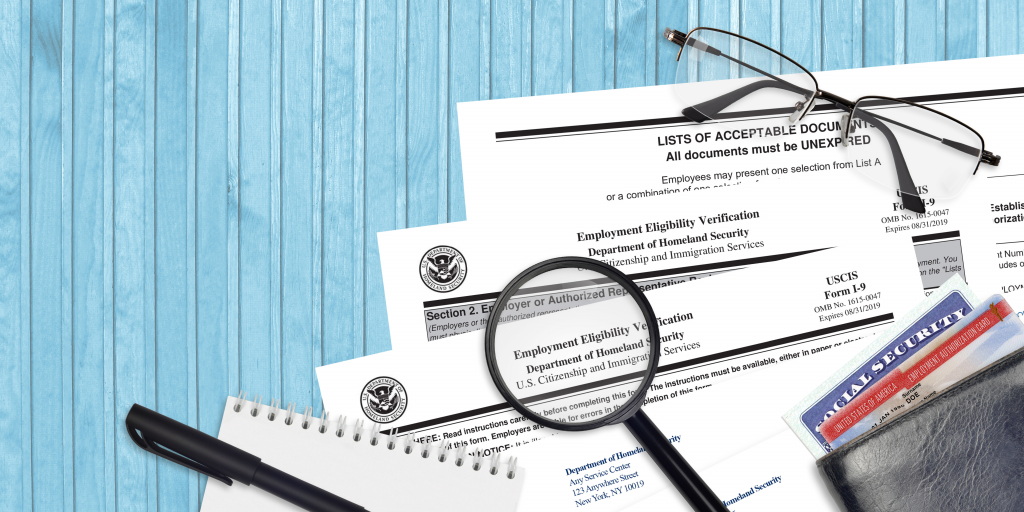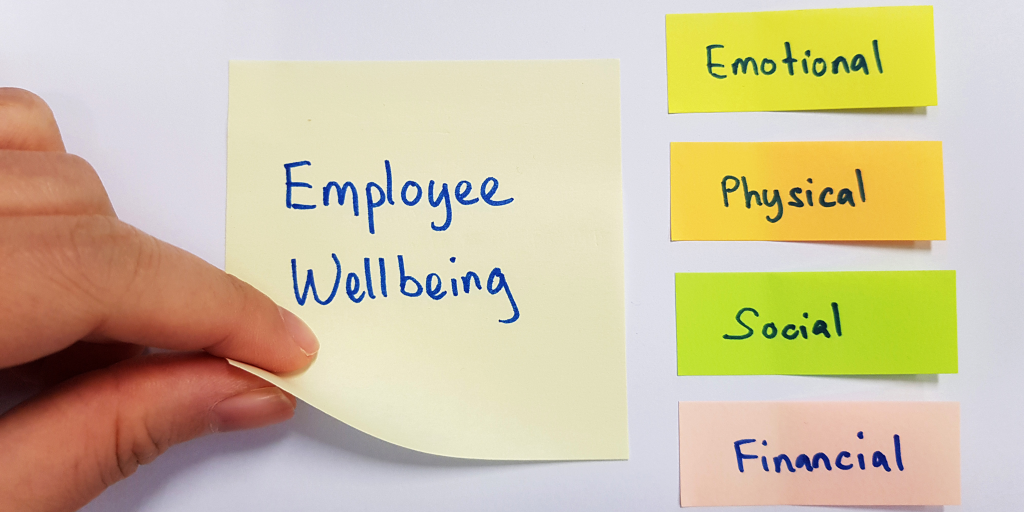
Too Hot to Work? What are Employer’s Obligations?
by Kim Keene
Do you have outdoor workers, or indoor workers that are in an area subject to heat? If so, are you aware of the heat index? There are no specific standards from OSHA concerning working in hot environments, but employers do have a duty to protect workers from serious hazards in the workplace, including heat related hazards.
The heat index can make all the difference in how safe it is to work outside on a given day, according to NOAA. The National Weather Service, a division of NOAA, uses the heat index to determine whether to issue watches, warnings and advisories for excessive heat.
The Occupational Safety and Health Administration (OSHA) issued a free app for Android-based mobile devices and iPhone devices that enables workers and supervisors to monitor the heat index at their worksites. The app displays a risk level for workers based on the heat index as well as reminders about protective measures that should be taken at that risk level.
Both air temperature and humidity affect how hot employees feel. The “heat index” is a single value that takes both temperature and humidity into account. The higher the heat index, the hotter the weather feels, since sweat does not readily evaporate and cool the skin. The heat index is a better measure than air temperature alone for estimating the risk to workers from environmental heat sources.
Two primary sources of heat for workers: Workers become overheated from two primary sources: (1) the environmental conditions in which they work and (2) the internal heat generated by physical labor. Heat-related illnesses occur when the body is not able to lose enough heat to balance the heat generated by physical work and external heat sources. Weather conditions are the primary external heat sources for outdoor workers.
Workers new to outdoor jobs are generally most at risk for heat-related illnesses. For example, Cal/OSHA investigated 25 incidents of heat-related illness in 2005. In almost half of the cases, the worker involved was on their first day of work and in 80% of the cases the worker involved had only been on the job for four or fewer days. That’s why it’s important to gradually increase the workload or allow more frequent breaks to help new workers and those returning to a job after time away build up a tolerance for hot conditions. Make sure that workers understand the risks and are “acclimatized”.
There are a few states that have regulations that have heat standards for outdoor workers; they are California, Maryland, Nevada, Oregon and Washington. Colorado’s heat standards apply to only agricultural workers and Minnesota’s apply only to indoor workers.
Employers have a duty to make sure workers avoid heat illnesses. Outdoor workers need water, rest and shade to make it to the end of their workday safely. Indoor workers, such as those in warehouses, boiler rooms, kitchens and laundries, can be affected by heat stress, too.
Water, rest and shade can help prevent many heat illnesses, including heat exhaustion and heat stroke. Hard work in hot weather can raise body temperatures higher than the body can cool itself by sweating. Heat illness might manifest initially as heat rash or heat cramps but can become heat exhaustion and then heat stroke quickly.
To protect workers, follow these suggestions:
- Drink water often, take breaks and limit time in the heat.
- Build up to heavy work gradually in hot conditions. Help workers become acclimated, especially workers who are new to working outdoors in the heat or have been away from work for a week or more. Gradually increase workloads and allow more frequent breaks during the first week of work.
- Slow down. Reduce, eliminate or reschedule strenuous activities until the coolest time of the day.
- Dress for summer. Wear lightweight, light-colored clothing to reflect heat and sunlight.
- Put less fuel on inner fires. Foods such as meat and other proteins that increase metabolic heat production also increase water loss.
- Drink plenty of water and nonalcoholic and decaffeinated fluids. Your body needs water to keep cool. Drink plenty of fluids even if you don’t feel thirsty. Persons who have epilepsy or heart, kidney or liver disease, who are on fluid restrictive diets or who have a problem with fluid retention should consult a physician before increasing their consumption of fluids. Do not drink alcoholic beverages; limit caffeinated beverages.
How to Deduct Business Expenses while on Vacation
by Rhonda Anderson
Can I mix my business travel and a vacation, and deduct those expenses?
Yes, with proper planning and recordkeeping, business expenses may be deducted by meeting requirements.
IRS Guidelines
The travel expenses must be ordinary and necessary, not extravagant or for personal purposes.
Deductions are available when one must travel away from their tax home or main place of work for business.
Travel expenses for conventions are deductible if the attendance benefits the business.
100% Business expenses – Be sure to document and maintain receipts
- Fares for taxes or other transportation
- Lodging and non-entertainment meals (50% meals)
Shipping baggage, sample or displays - Dry cleaning & laundry
Use of personal vehicle - Business calls & communications
Tips paid for services related to any expenses
Mix of business and personal travel
When a trip is primarily for business, but extended for vacation, you can only deduct business-related expenses.
However, certain weekends and holidays might be allowable for personal depending on the planning.
The IRS states you can count weekends, holidays and other standby days as business days if they fall between
business days. If your family joins you, only expenses that apply to you are deductible.
Maintaining records
Remember the IRS pays close attention to travel expenses incurred.
Always keep logs, documentation and receipts to properly support the business purposes and expenses associated.
Drastic Changes to the I9 Process that will Affect EVERY Employer!
by Christine Muller
Temporary Covid 19 Form I-9 Virtual Document Inspection Policy Ending July 31, 2023.
Background: In March 20, 2020 – in light of the Covid 19 emergency, employers could temporarily defer physical inspection of documents related to the Form I-9 process. The new temporary rule permitted employers to virtually verify employees’ documents via video, fax, email, etc. This rule was extended repeatedly.
As of July 31, 2023, and going forward employers must physically inspect all employee work authorization and identification documents presented for the I-9 process (virtual inspection not acceptable).
Employers have 30 days after the temporary rule expires, or until August 31, 2023, to complete an in-person verification of all employee documents that were virtually verified since March 20, 2020.
FAQ’s: What about employees and/or employers who work remotely or do not have a brick-and-mortar office? The employer needs to designate an ‘authorized representative’ to physically inspect the I-9 documents. Employers may want to develop criteria for what they would consider an ‘authorized representative’ – it is whomever the employer designates it to – as ultimately the employer is responsible for doing the physical inspection. The employer can Zoom meet with the authorized representative to work with both the authorized representative and the new hire.
Are we able to do I9’s prior to the employee’s start date? Yes, the physical inspection of verification documents must ensure the documents are current at the date of inspection (Even if they expire prior to the start date, you are okay if they were current when physically inspected).
What if verification documents expire during employment? If the employee is a US citizen, you do not need to reverify or have the employee bring you updated verification, but you will if employee is not a US Citizen (use section 3 of the I9).
What happens if employers don’t comply? Financial penalties would occur in the event of an audit.
Where do you verify on the I-9 the physical inspection (for I9’s filled out during period of exception)? In the ‘additional information’ box on page 2 of the I9. You must prove you physically inspected the documents, by making a notation, signing, and dating in the box.
What if an employee who started on or after March 2020 is no longer with the company? Indicate in the additional information box the date of the employee’s termination date and sign, date.
What if the person who virtually inspected the documents is no longer working with the company?
Whoever physically inspects documents will indicate in the additional information box and sign, date.
Clearly spelling out the name of the individual verifying physical inspection.
TogetHR Consulting will keep you all informed of updates as we become aware of them. As it will now be required that employers designate a representative to physically inspect the I9 verification documents – we will develop a training on how to fill out an I9 form for you and your designated representatives to reference. Please work with your HR Associate and/or your Legal Counsel with any questions you have in order to comply with these new regulations. Please see https://www.uscis.gov/ for more information.
Employees Skipping Out on Wellness Checks
by Christina Carmona
A significant number of employees are skipping out on important wellness and health checks, new research shows, a problem that only exacerbates the issue of recent declines seen in employee well-being. Roughly half of adults have avoided at least one common health
screening, including blood tests, colonoscopies, mammograms, pap smears and skin cancer checks. At the same time, 51 percent of respondents who have had cancer said their diagnosis came as a result of a routine checkup or screening.
The findings coincide with a dip in employee well-being—a huge problem for employers when it comes to having productive and healthy employees.
A recent report from MetLife found that employee well-being has dropped significantly in the past few years, with employees saying they are feeling less physically, mentally and financially healthy than they were last year. Employees who get regular screenings and checkups tend to be healthier and have better outcomes. With cancer in particular, early detection can often help lead to a better outcome, and that benefits everyone, including employers. And when you consider that some cancers such as colorectal cancer are skewing younger than ever before, and the recent change in the recommended age for women to have mammograms to detect possible breast cancer earlier, more than ever, we need to take advantage of the technological advancements that can help save lives.
The percentage of Americans who said they or a family member postponed medical treatment in 2022 due to the cost rose 12 percentage points since the year prior. That figure is now 38 percent, the highest it has been in the 22 years.
The first step is to start the conversation about the problem of skipping health appointments with employees. The key is communication, because between work, home life and families, people are busy and they compartmentalize their priorities. Employers need to make sure that each and every employee makes his or her personal health care a priority. Employers should improve access to care where barriers exist and create a culture that encourages receiving care and addresses the lack of available appointments.
A healthy employee is a productive employee.
Source: SHRM Magazine


